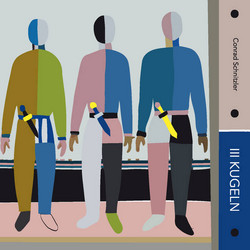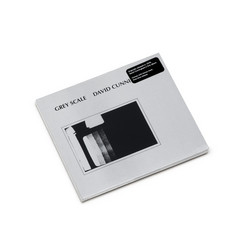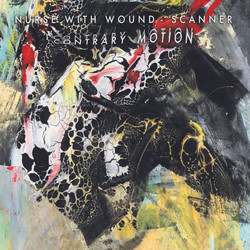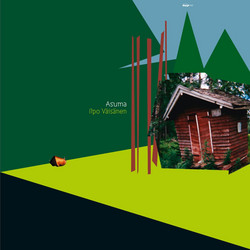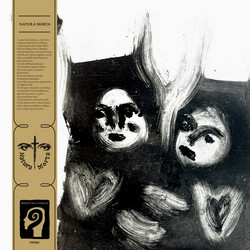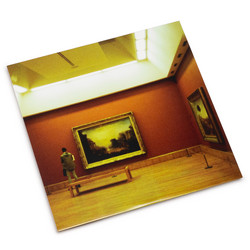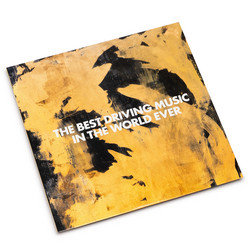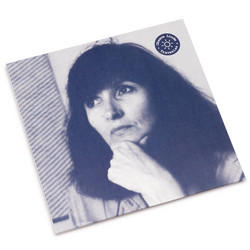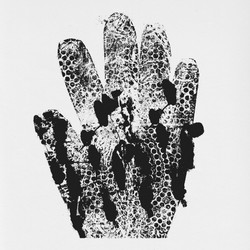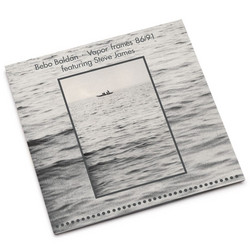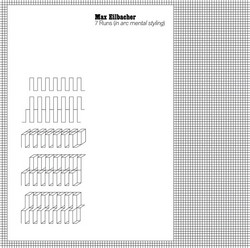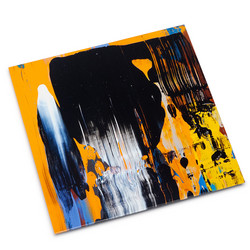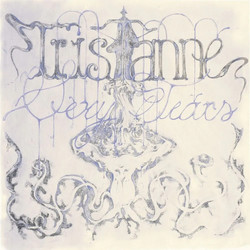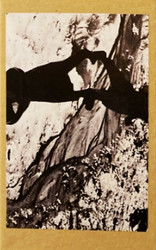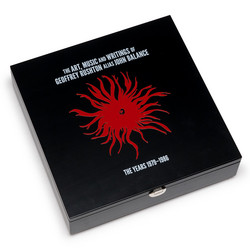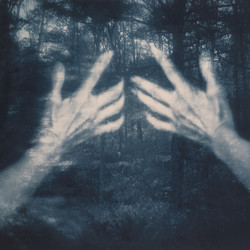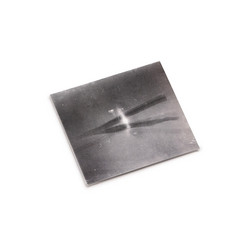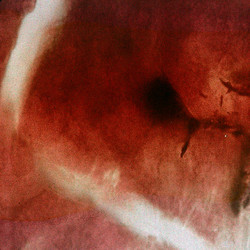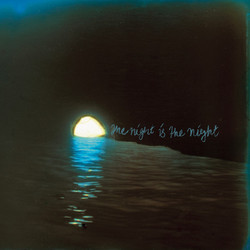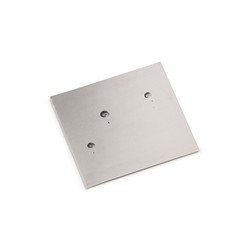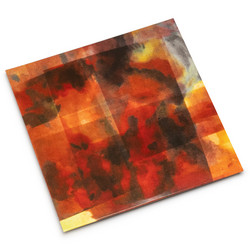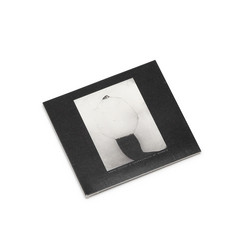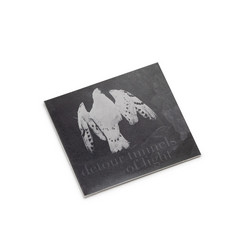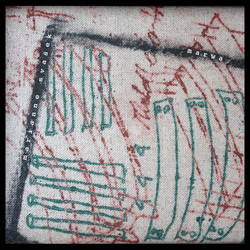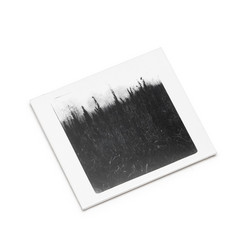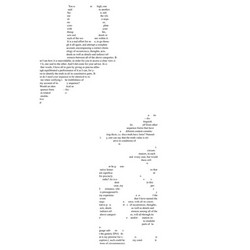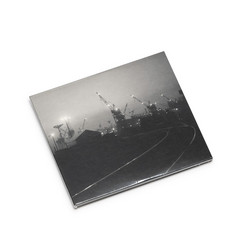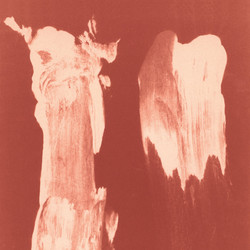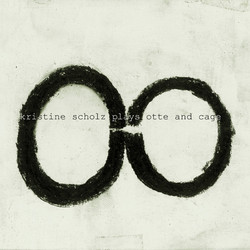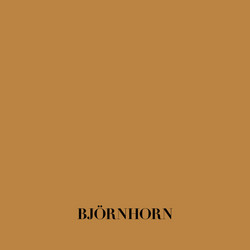Forsgren started to work on what was to become Songs for the Nervous System in 2015, after having been diagnosed with Parkinson's disease. The album is a series of intuitive compositions drawing from the latest medical research on how light and sound at specific frequencies has a potential to affect bodily functions, down to the cellular level. The resulting contemporary but surprisingly human electronic music is a dynamic mix of driving rhythms and meditative soundscapes. While the polyrhythmic beats suggest a kinship to some contemporary club music, the work of Brian Eno would be a more obvious point of reference in its genreless amalgamation of music, life and conceptual art.
Except for mixing and minor adjustments computers were shunned, with Forsgren instead relying on an assortment of synthesizers, of roughly the same age as himself and thus all members of the pre-digital generation. Conventional sounds and solutions were avoided, as much out of incapacity as imagination. The name and the impetus for the music were born out of the question of what music his electronic devices and machines themselves would play if Forsgren were not able to play them himself.
Songs for the Nervous System was very much created in a dialogue between the artist and his hardware. At times a stern taskmaster, Forsgren forces his synthesizers to perform outside their intended parameters in a manner reminiscent of how legendary band leaders such as Captain Beefheart and Miles Davis would push their musicians out of their comfort zones. A case in point is on Neurothropic Factors where Forsgren changed a preset on one of his synths by lowering the tempo to a mere fraction of the original BPM, thus forcing it to push its envelopes and present its flaws as perfection. The idiosyncratic use of instrumentation adds a further dimension to a music that is suffused with an unlikely – yet strangely natural – mix of ordered restraint and anarchic urgency.
There is a sense of effortlessness to the music that belies its experimental nature, a naturalness that suggests that it couldn’t have been done in any other way. Like it might well be topping the mainstream pop charts in some dysfunctional but beautiful parallel dimension. While in no way a retro project, this music nevertheless conjures an era when electronic music was still a new and undefined field. Autorhythm's music will appeal to fans of electronic pioneers like Bruce Haack, Mort Garson, Charanjit Singh and Delia Derbyshire, and for aficionados of electronic Krautrock it may well elicit comparisons to the relentless rhythms of Conrad Schnitzler, the sober elegance and analytical approach of Kraftwerk, the iconoclasm of Cluster and the beauty of Deutsche Wertarbeit and Harmonia. At times Songs for the Nervous System captures the same elusive sense of promise and wonder that those pioneering artists did, before conventions taught us the correct way to create, exploit and consume electronica.

